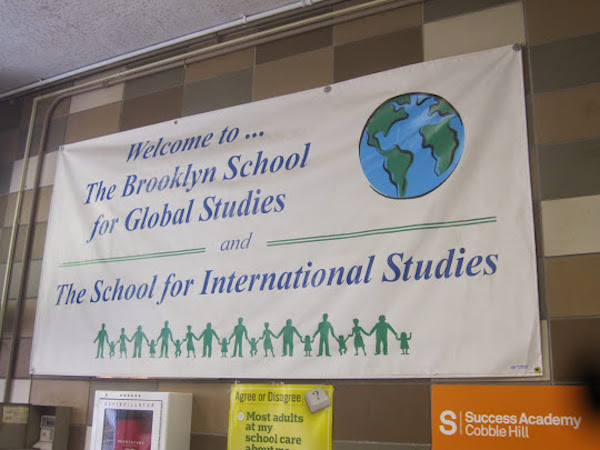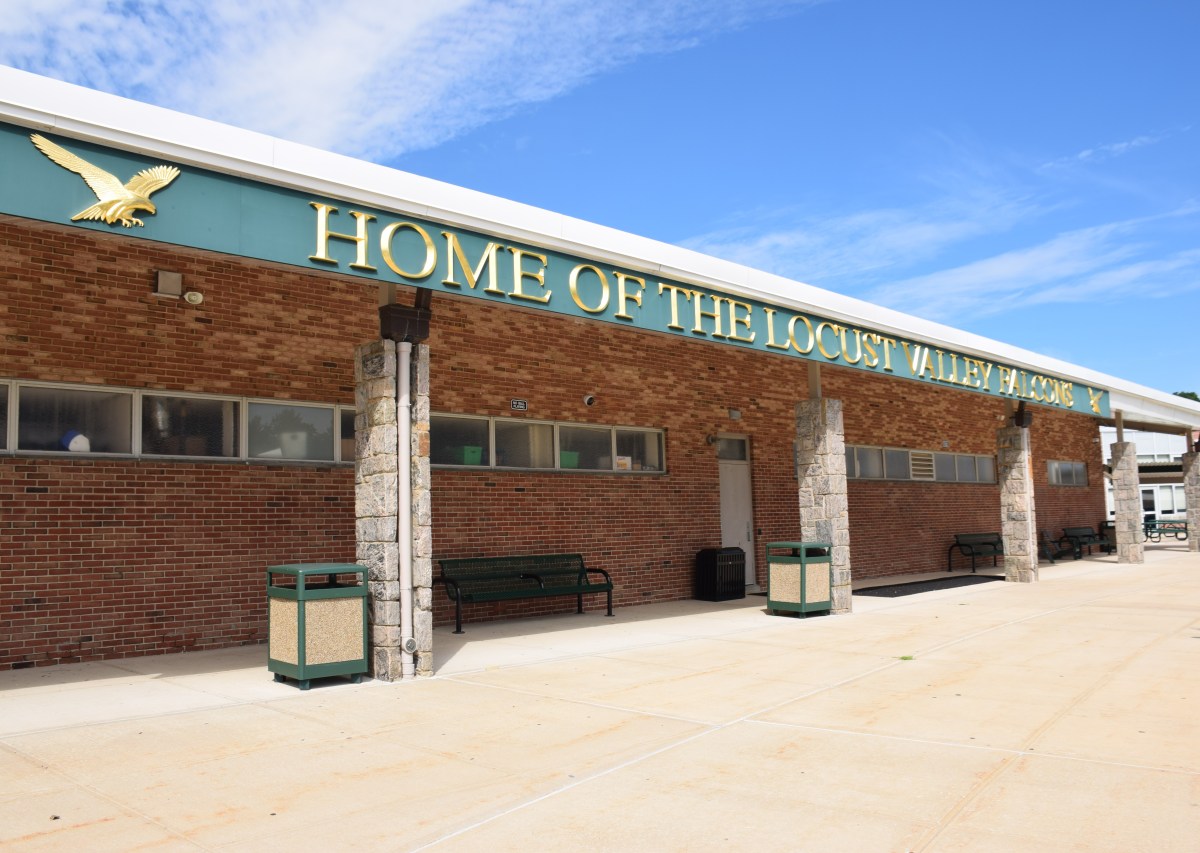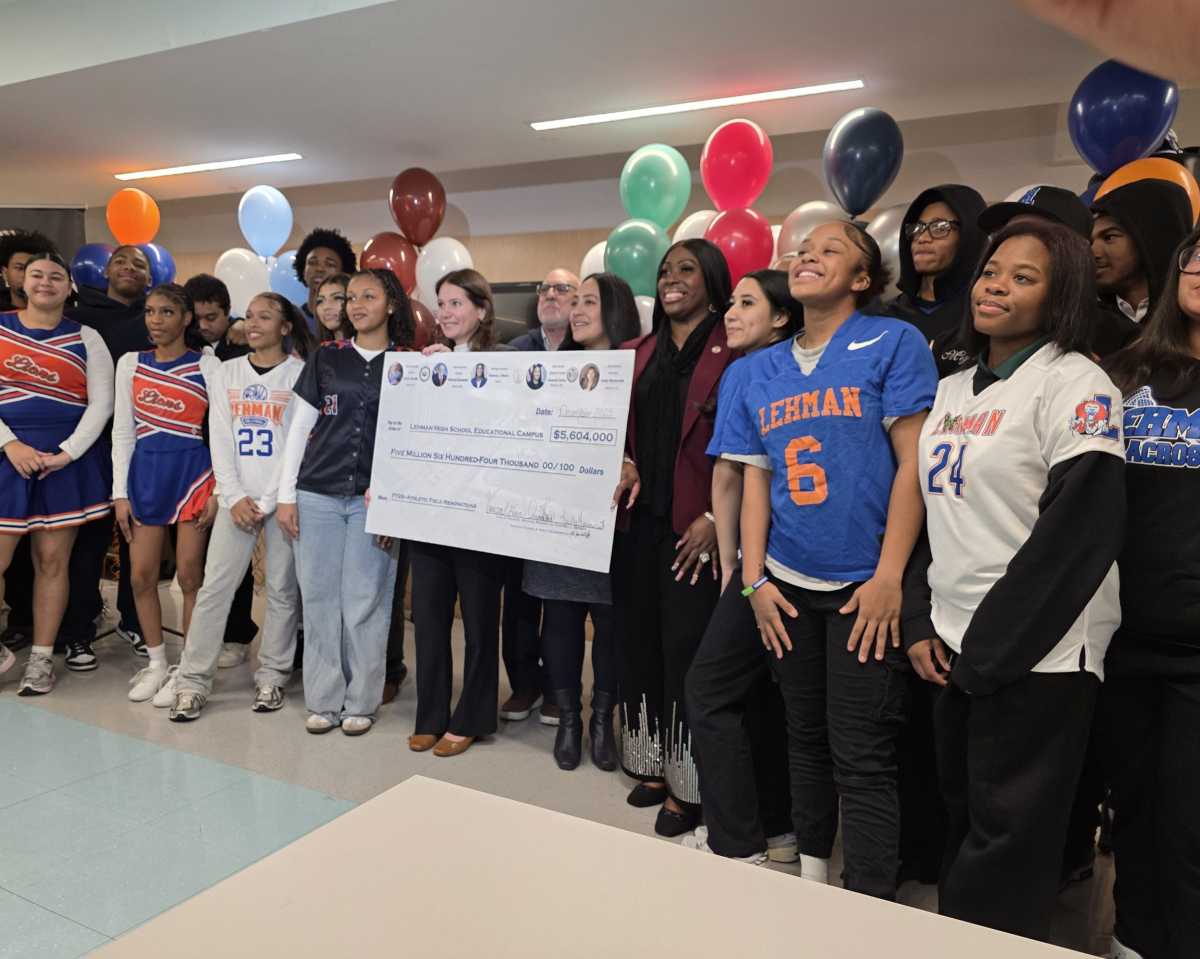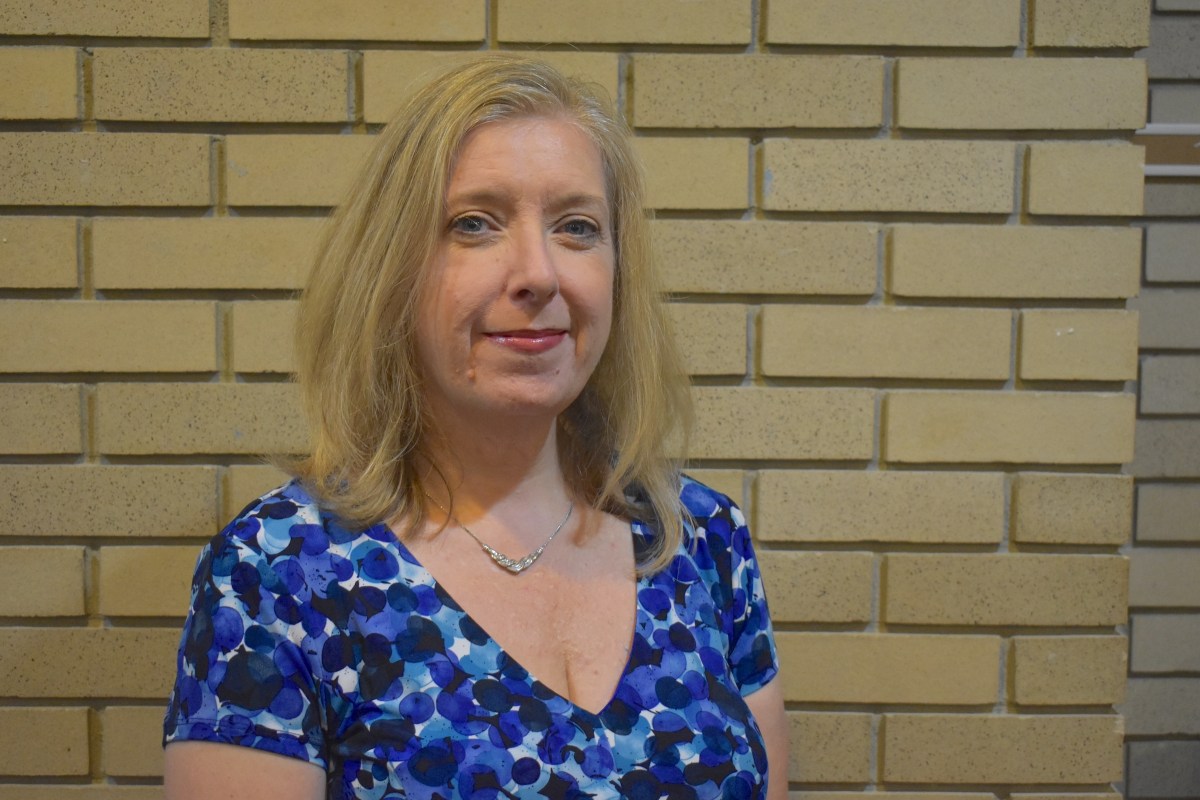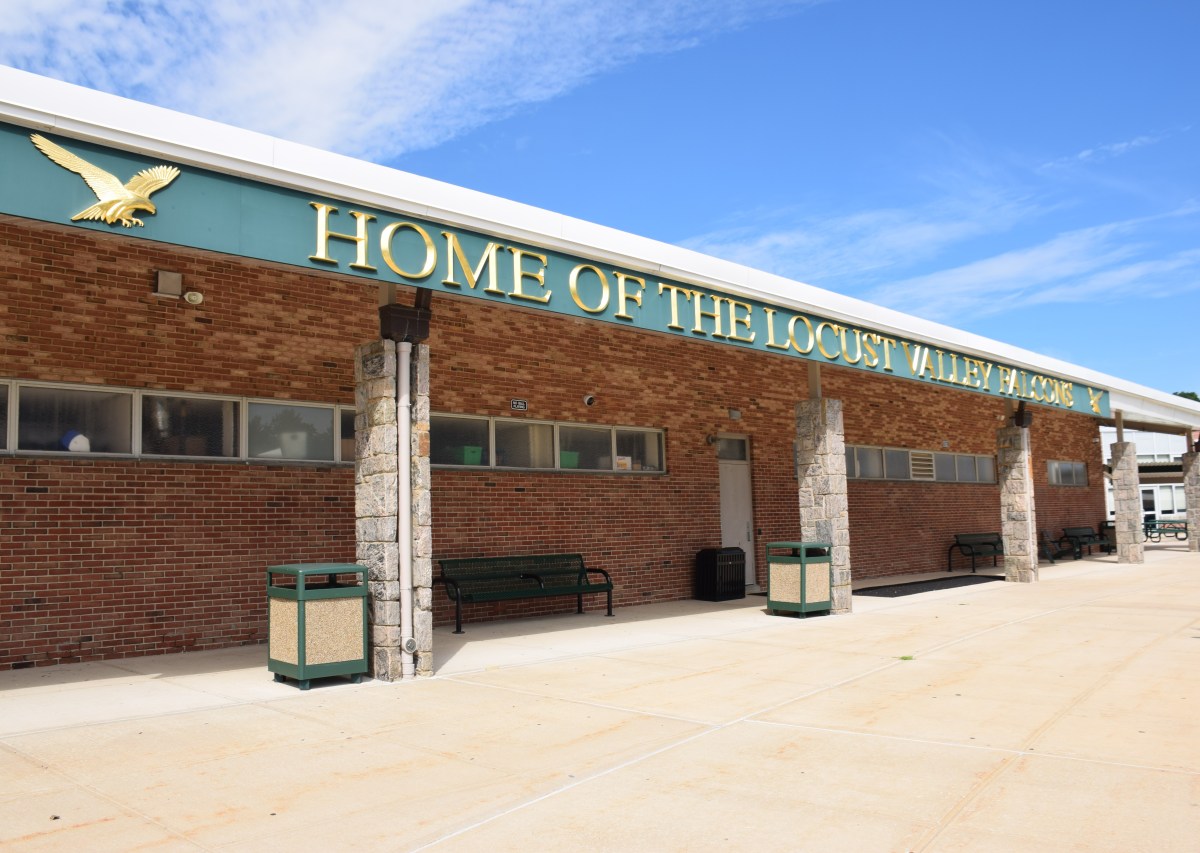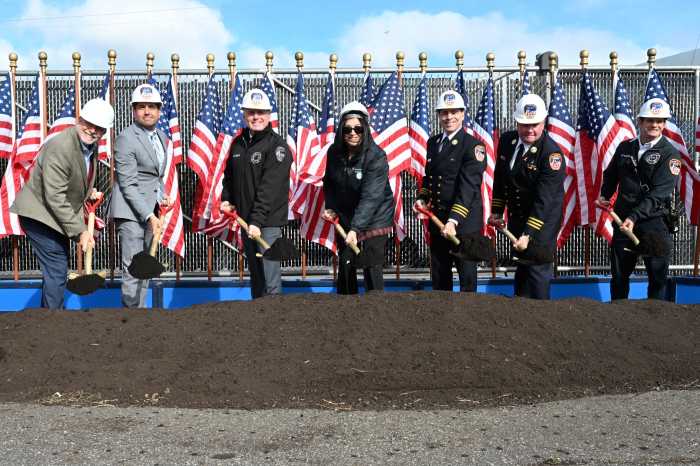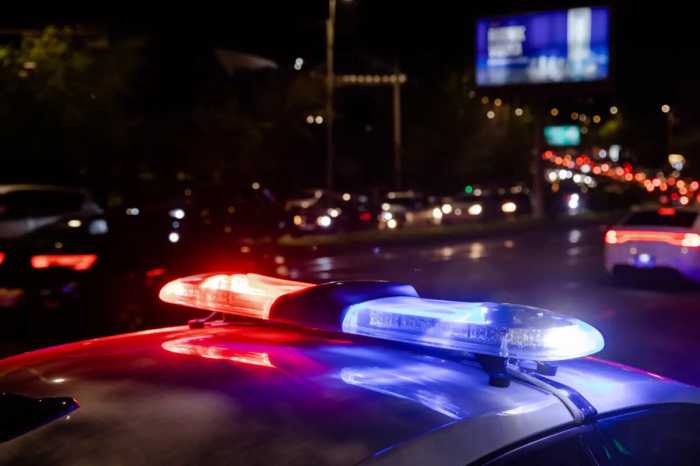With over two dozen charter schools lining up to share space in public buildings, the Department of Education’s (DOE) recently released Blue Book report shows a growing number of empty public schools seats throughout Brooklyn.
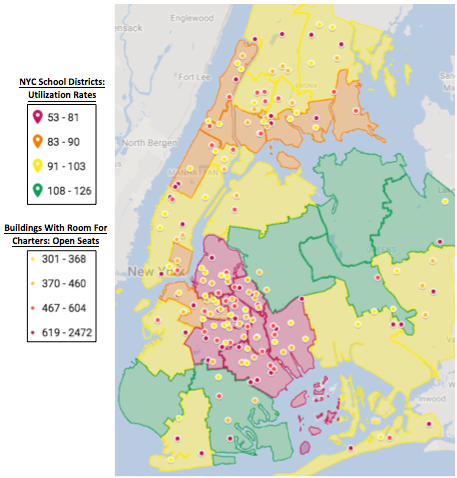 The report, released Nov. 4, includes citywide utilization data for the city’s public schools during the 2015-16 school year. It found that nine of Brooklyn’s 12 school districts experienced an increase in available space, and 92 of the borough’s public school buildings – containing 49,249 open seats – had enough space for a new charter school co-location.
The report, released Nov. 4, includes citywide utilization data for the city’s public schools during the 2015-16 school year. It found that nine of Brooklyn’s 12 school districts experienced an increase in available space, and 92 of the borough’s public school buildings – containing 49,249 open seats – had enough space for a new charter school co-location.
This means more than one in five public school buildings in Brooklyn could accommodate at least one new charter school, according to the charter school advocacy organization Families For Excellent Schools analysis of the Blue Book report.
“The de Blasio administration’s space policies are impossible to justify when the city’s data shows Brooklyn could be home to more than 100 new charter schools. To make things right in his home borough, Mayor de Blasio must break his pattern of shutting kids out and ensure charters get the space they need immediately,” said FES CEO Jeremiah Kittredge.
According to the report, Brooklyn’s school buildings are the city’s most underutilized – the borough’s schools are just 89 percent utilized versus a utilization average of 99 percent across the city’s other boroughs. This includes
-
Brooklyn contains eight of the city’s ten most underutilized school districts – overall, these districts are just 75 percent utilized compared to the city’s overall average of 96 percent.
-
Brooklyn contains 92 school buildings with at least 300 open seats – more than any other district. Despite containing just 31 percent of the city’s public school buildings, the borough is home to 51 percent of buildings that could accommodate new charter school co-locations.
-
More than one in five of Brooklyn’s public school buildings could accommodate a new charter school – the borough’s 92 public school buildings with enough space for a new charter school co-location amount to 21 percent of the borough’s buildings.
-
District 13 (Brooklyn Heights, Flatbush Avenue Extension) is just 85 percent utilized and contains 10 buildings with at least 300 open seats. These buildings contain 4,701 open seats.
-
District 14 (Williamsburg, Greenpoint) is just 81 percent utilized and contains 11 buildings with at least 300 open seats. These buildings contain 4,599 open seats.
-
District 16 (Bedford-Stuyvesant) is just 53 percent utilized and is NYC’s least-utilized school district. The district contains 10 buildings with enough space for new charter co-locations – containing 6,850 open seats.
-
District 17 (Prospect Heights, East Flatbush, Crown Heights) is just 79 percent utilized and contains 14 buildings with at least 300 open seats – more than any other district. These buildings contain 6,648 open seats.
-
District 18 (Flatbush, Canarsie) is just 68 percent utilized and contains 11 buildings with at least 300 open seats. These buildings contain 6,959 open seats – meaning District 18 has more seats in buildings with space for charters than any other district.
-
District 19 (East New York) is just 78 percent utilized, making it NYC’s fifth least-utilized school district. The district contains 5,595 open seats in nine open buildings with enough space for new charter schools.
-
District 23 (Brownsville is just 72 percent utilized, making it NYC’s fourth least-utilized school district. The district contains 2,584 open seats in six buildings with enough space for new charter schools.
-
District 32 (Bushwick, Northern Bedford-Stuyvesant) is just 67 percent utilized, making it NYC’s second least-utilized school district. The district contains 4,799 open seats in nine buildings with enough space for new charter schools.
-
District 15 contains 1,509 open seats in three buildings with enough room for new charter school co-locations.
-
District 21 (Coney Island, Brighton Beach) contains 2,466 open seats in four buildings with enough space for new charter school co-locations.
-
District 22 (Ditmas Park to Mill Basin) contains 2,539 open seats in five buildings with enough space for new charter school co-locations.
The DOE responded that school utilization rates are a snapshot in time and do not reflect anticipated changes that are already being planned, including expansions, enrollment changes, rezones, and re-sitings. In addition to the factors already mentioned, the DOE also consider building layout, types of space, ability to provide a contiguous and separable school environment, and other district needs in determining charter school co-locations with regular public schools.
“This interpretation of the data is misleading and inaccurately depicts available space across the City. We will continue to work closely with charter schools to assess need requests and ensure space in school buildings is being used efficiently,” said DOE Spokesperson Toya Holness.
The latest Blue Book is available here.


